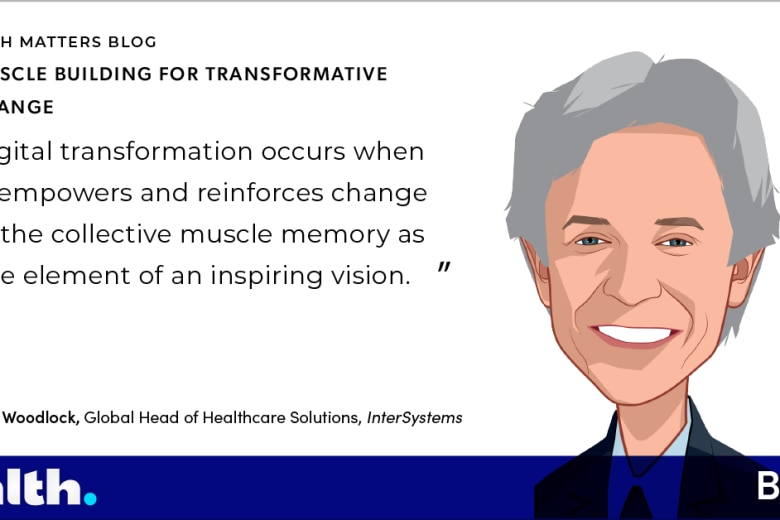My colleague and friend, Lynn, has been engaged eleven times — but still longs for a real connection. “What is wrong with this gal?” you say. “She must be the problem.”
She has a problem, alright; her healthcare providers are not connected electronically and she needs them to be. They just can’t commit.
There is a lot of focus today on Patient Engagement. Conceptually, the more engaged patients are in their healthcare, the better the care and outcomes will be. While healthcare providers and payers have a myriad of ways to engage with patients, the patient portal is the cornerstone of these efforts as it is the place, via a secure online website, where the patient can theoretically fill out new patient forms, request a visit, view results, ask a question, and more.
The Meet Up
Most healthy folks have a portal, or two, that gives them access to a physician, or three. Their patient ‘engagement’ is limited in scope, often not of high intensity. That was true for Lynn until an unexpected “big C” diagnosis early this year. Suddenly, she went from one primary care provider (PCP) and an allergist with one portal each, to meet-and-greet initial appointments with a breast oncology surgeon, medical oncologist, plastic surgeon, second opinion medical oncologist, genetics counselor, radiation oncologist – all of whom belong to the local oncology network affiliated with one of the big national cancer centers.
The Courtship
Soon, Lynn had five new providers who were tending to her. As she met with them one-by-one, and the courtships with each began, things began to get rocky. She found that, except for her PCP and the hospital, each practice had its own unique patient portal. She was asked to register and complete detailed medical and surgical histories, including allergies at each. Despite the fact that the oncology “team” reviews all cases together, each provider’s individual patient portal created its own patient record and differing patient communication channels.
Patients who enjoy access to seamlessly wrapped, easy-to-understand, and comprehensive patient portals are few and far between. Many of the currently available patient portals were put in place to meet Meaningful Use criteria but have not been the focus of enhancement. Repetitive registration requirements, inconsistent use across providers and lack of usability features, like bill pay and scheduling, frustrate users and as a result the expected satisfaction, cost savings and outcomes from use haven’t universally panned out.
The Lack of Commitment and Broken Relationships
Aside from the early signup and history entry requirements, only a few of Lynn’s providers used the portal for anything else. Those that did required her to log in to different portals - where two posted office visit notes, two posted lab results, and one used bill pay. Lynn’s PCP had the most robust use of the portal for direct patient communication but not for bill pay. The hospital was on the same portal as the PCP for diagnostic results and scheduled testing reminders, but bill pay for the hospital was on yet another portal. Lynn’s genetic testing revealed she had a gene mutation so she was encouraged to participate in a voluntary research program outside the network with, understandably, a completely separate portal but had no ability to transfer any of her history or test results electronically. When you add on an optional Cancer Wellness Portal, and blog posts she was interested in, she was up to 11 engagements but no real commitment in terms of an integrated communication channel across her providers. You can see that the relationships between and with these providers were broken from Lynn’s perspective, and it was hard to have confidence of a solid partnership amongst them.
I make light of this, but it’s truly a big issue, for which there is a solution available – today – with a unified care record. Despite many advances the U.S. healthcare system has made with information technology, it still offers a very fragmented patient experience. Electronic Medical Records cannot do it all. Healthcare providers need the big picture. Parents with children and the most critically and chronically ill patients have the most need for a connected and complete health record that is available to the patient, their proxies when needed, and the array of healthcare providers they may have. And this should really extend to non-traditional care teams such as transportation or meal services.
Roughly 10,000 Baby Boomers will turn 65 today, and about 10,000 more will cross that threshold every day for the next 11 years. The American Cancer Society estimates that more than 1.7 million new cases of cancer will be diagnosed in 2018. Many of these folks and others will be cared for by multiple providers, across multiple health systems, and through several portals. The portal engagement problem may get worse before it gets better.
The problem for patients isn’t getting engaging them, it’s getting true commitment from providers and healthcare organizations. Making an enterprise portal available that leverages interoperability across EMRs and the entire care team to provide a seamless experience for the patient. That’s a bond worth making.
Read more blog posts about Patient Engagement.




































